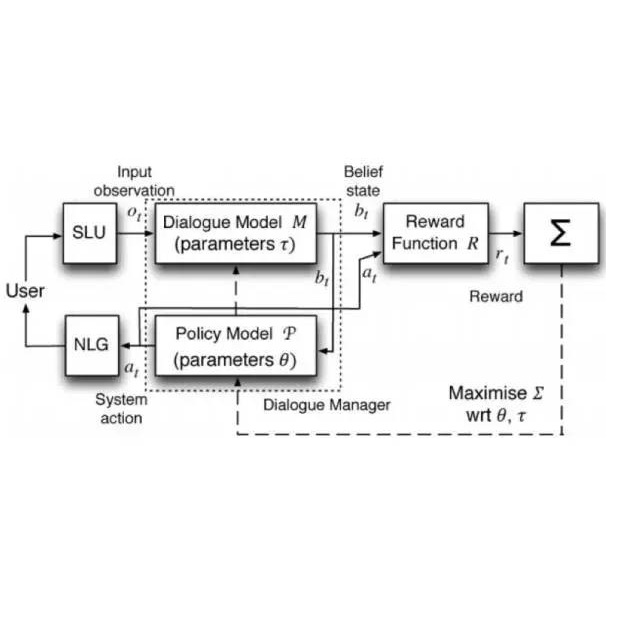Previous dialogue summarization techniques adapt large language models pretrained on the narrative text by injecting dialogue-specific features into the models. These features either require additional knowledge to recognize or make the resulting models harder to tune. To bridge the format gap between dialogues and narrative summaries in dialogue summarization tasks, we propose to post-train pretrained language models (PLMs) to rephrase from dialogue to narratives. After that, the model is fine-tuned for dialogue summarization as usual. Comprehensive experiments show that our approach significantly improves vanilla PLMs on dialogue summarization and outperforms other SOTA models by the summary quality and implementation costs.
翻译:先前的对话总结技术通过在模型中注入对话的具体特点,使在叙述文本上预先训练的大型语言模型适应这些模型,这些特征要么需要更多的知识来识别,要么使由此产生的模型更加难以调和。为了弥合对话总结任务中对话与叙述摘要之间的形式差距,我们提议将培训前语言模型从对话改写为叙述,然后将培训后语言模型微调为对话总结,与往常一样。全面实验表明,我们的方法大大改进了对话总结的香草(PLMs),通过概括质量和执行成本,优于其他SOTA模型。




